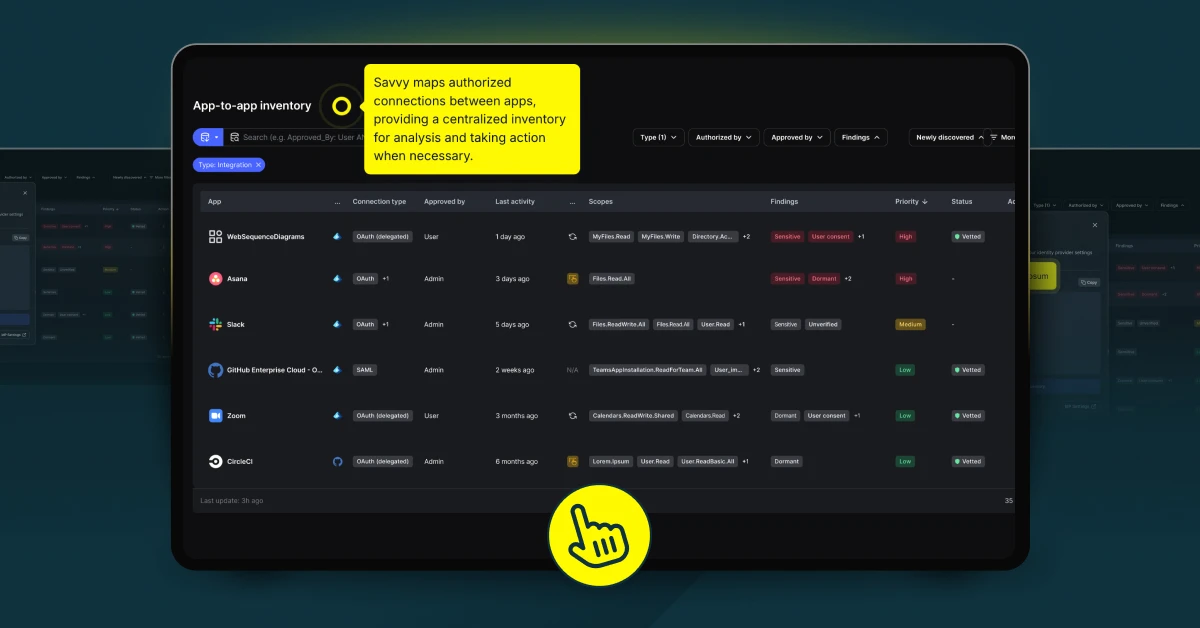What is Software as a Service?
Software as a Service (SaaS) is a cloud-based delivery model in which software applications are hosted by a provider and accessed via the internet. Instead of purchasing and installing software on individual devices, users subscribe to SaaS applications and use them on-demand.
While SaaS is often associated with productivity tools like email or CRM platforms, it also encompasses lesser-known forms such as internal business applications and consumer-facing web services, like travel booking sites.
Key Characteristics
- Cloud-based delivery: SaaS applications are hosted on remote servers and accessed through a browser or app.
- Subscription-based pricing: Users typically pay a recurring fee (monthly or annually) instead of a one-time purchase.
- Automatic updates: Providers handle software updates and maintenance, ensuring users always have access to the latest features.
- Scalability: SaaS can scale to meet the needs of businesses or individuals, whether for a few users or thousands.
Examples of SaaS Applications
Popular Business SaaS Tools include:
- Google Workspace (Docs, Sheets, Gmail)
- Salesforce (Customer Relationship Management)
- Slack (Team Communication)
- QuickBooks Online (Accounting)
Lesser-Known Forms of SaaS:
- Internal SaaS Applications: Custom-built tools that companies develop and use internally, such as employee portals or analytics dashboards hosted in the cloud.
- Web Applications: Consumer-facing platforms that deliver services via the internet, including:
- Travel booking sites (e.g., Expedia, Booking.com)
- Streaming services (e.g., Netflix, Spotify)
- E-commerce platforms (e.g., Shopify stores)
SaaS Benefits
- Accessibility: Access software from anywhere with an internet connection, on any device.
- Lower upfront costs: SaaS eliminates the need for expensive hardware or software installation.
- Ease of use: Users can get started quickly without the need for complex setups or IT resources.
- Enhanced collaboration: Many SaaS apps include real-time sharing and collaboration features.
- Flexible scaling: Add or remove users, storage, or features as needed.
SaaS Beyond the Basics
SaaS is often thought of in terms of business tools, but its scope is far broader:
- Internal SaaS Applications: Organizations use custom SaaS tools to streamline internal operations, such as inventory management, employee engagement, or project tracking.
- Consumer SaaS: Many web-based applications people use daily fall into the SaaS category, from online banking platforms to travel aggregators.
- Hybrid SaaS Models: Some companies combine SaaS with on-premises software to offer flexible deployment options.
Example in Action
You’ve likely interacted with SaaS today without realizing it. For example, booking a vacation through a travel site like Expedia involves using a SaaS platform. Behind the scenes, Expedia manages everything—pricing updates, availability, and user accounts—on its cloud servers while giving you a simple, user-friendly interface.
Frequently Asked Questions (FAQ)
Q: What’s the difference between SaaS and traditional software?
A: Traditional software is installed on individual devices, often requiring manual updates and significant hardware investment. SaaS is hosted online, accessed through the cloud, and maintained by the provider.
Q: Is SaaS only for businesses?
A: Not at all. While SaaS is popular in business settings, many consumer-facing applications, such as streaming services and travel sites, are SaaS-based.
Q: Are all web applications SaaS?
A: Not necessarily. While many web applications use the SaaS model, some simply provide access to static content or services without a subscription-based structure or dynamic cloud infrastructure.
Q: What are examples of internal SaaS applications?
A: Internal SaaS applications include tools like cloud-hosted analytics dashboards, employee scheduling systems, or custom apps for tracking business processes. These are developed specifically for use within an organization.
Q: Is SaaS secure?
A: SaaS providers typically employ robust security measures, including data encryption, multi-factor authentication (MFA), and compliance with privacy regulations. However, users should ensure they choose reputable providers and follow best practices for data security.
Fun Fact
The SaaS model dates back to the 1960s with “time-sharing” services that allowed businesses to access software hosted on mainframes. It wasn’t until the 2000s that SaaS truly took off with the rise of the internet and cloud computing.
Call to Action
Discover how Savvy leverages the power of SaaS to help businesses and individuals thrive. Explore our platform today!
Let me know if this needs further refinement or adjustments!


